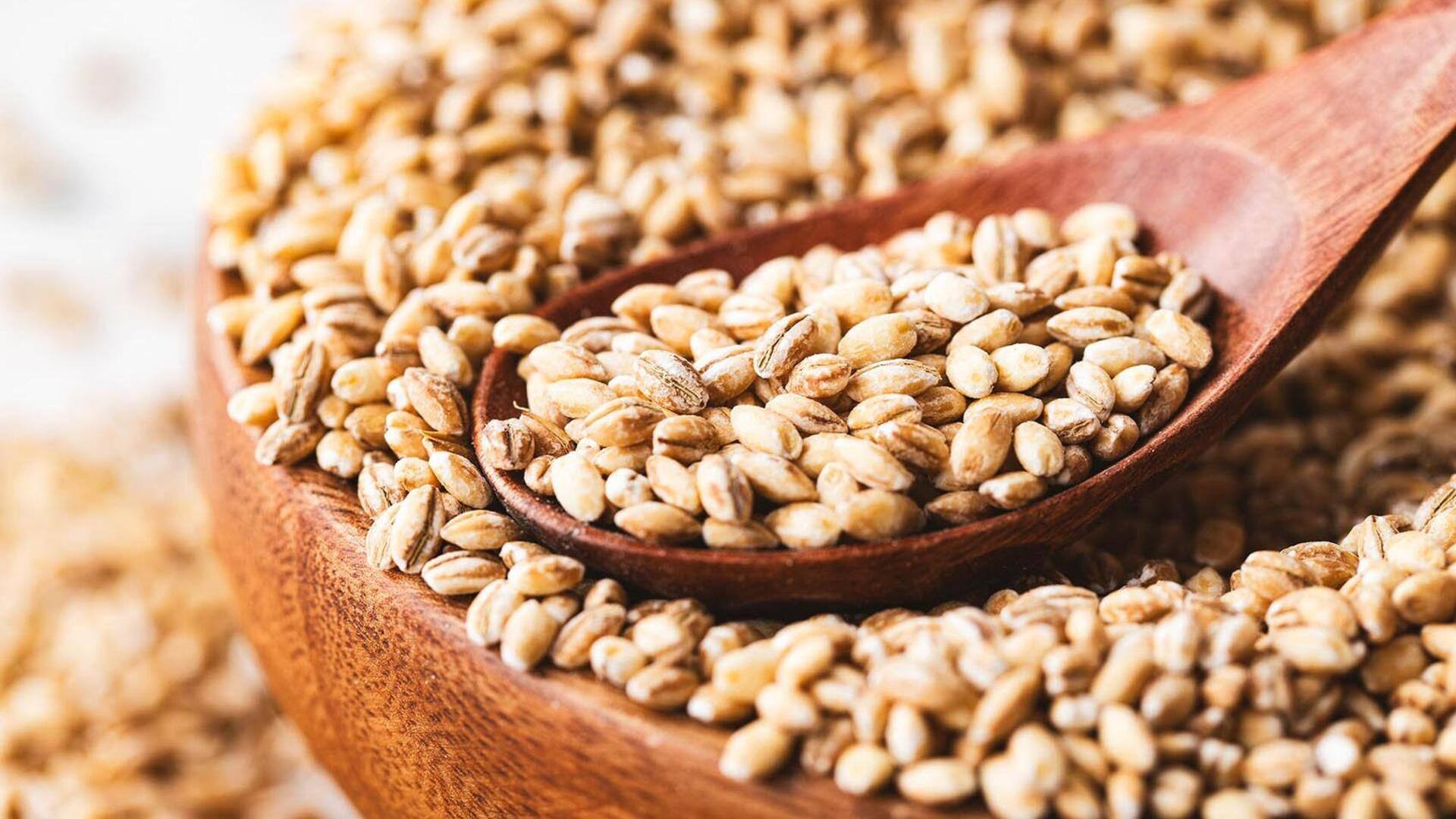
Barley v/s rye: Comparing their nutrition
What's the story
Barley and rye are two grains that have been dietary staples for centuries. Both offer unique nutritional benefits, which is why they are popular choices for healthy alternatives to refined grains. This article takes a closer look at the nutritional profiles of barley and rye, comparing their health benefits, fiber content and potential uses in everyday meals.
Fiber insights
Fiber content comparison
Barley is well-known for its fiber content, especially soluble fiber, which helps with digestion and keeping cholesterol levels in check. A cup of cooked barley has around six grams of dietary fiber. Rye also provides a decent amount of fiber but is slightly lower than barley- around five grams per cup when cooked. Both grains keep you full, which is great for weight management.
Nutrient breakdown
Vitamin and mineral profile
Barley offers essential vitamins (including B vitamins) and minerals like selenium and magnesium. It is extremely high in manganese, providing 20% of daily recommended intake (DRI) per serving. Rye also provides B vitamins, but is better with higher iron content than barley. Rye also provides an excellent amount of phosphorus and magnesium, which promotes bone health.
Blood sugar impact
Glycemic index differences
The glycemic index (GI) indicates how fast foods raise blood sugar levels after they are eaten. Barley has a low GI score because of its high beta-glucan content, which slows the process of digestion and absorption of carbohydrates. This makes it an excellent choice for those controlling blood sugar levels or diabetes. Rye has a moderate GI score but still ensures slower glucose release than refined grains.
Cooking applications
Culinary uses in daily diets
Both barley and rye can be used in a number of dishes apart from bread-making or soups. Barley can be used in salads or as a rice substitute, thanks to its chewy texture when cooked whole or pearled. Rye flour is commonly used in baking dense breads (pumpernickel) or crispbreads that are great with spreads/toppings for snacks.